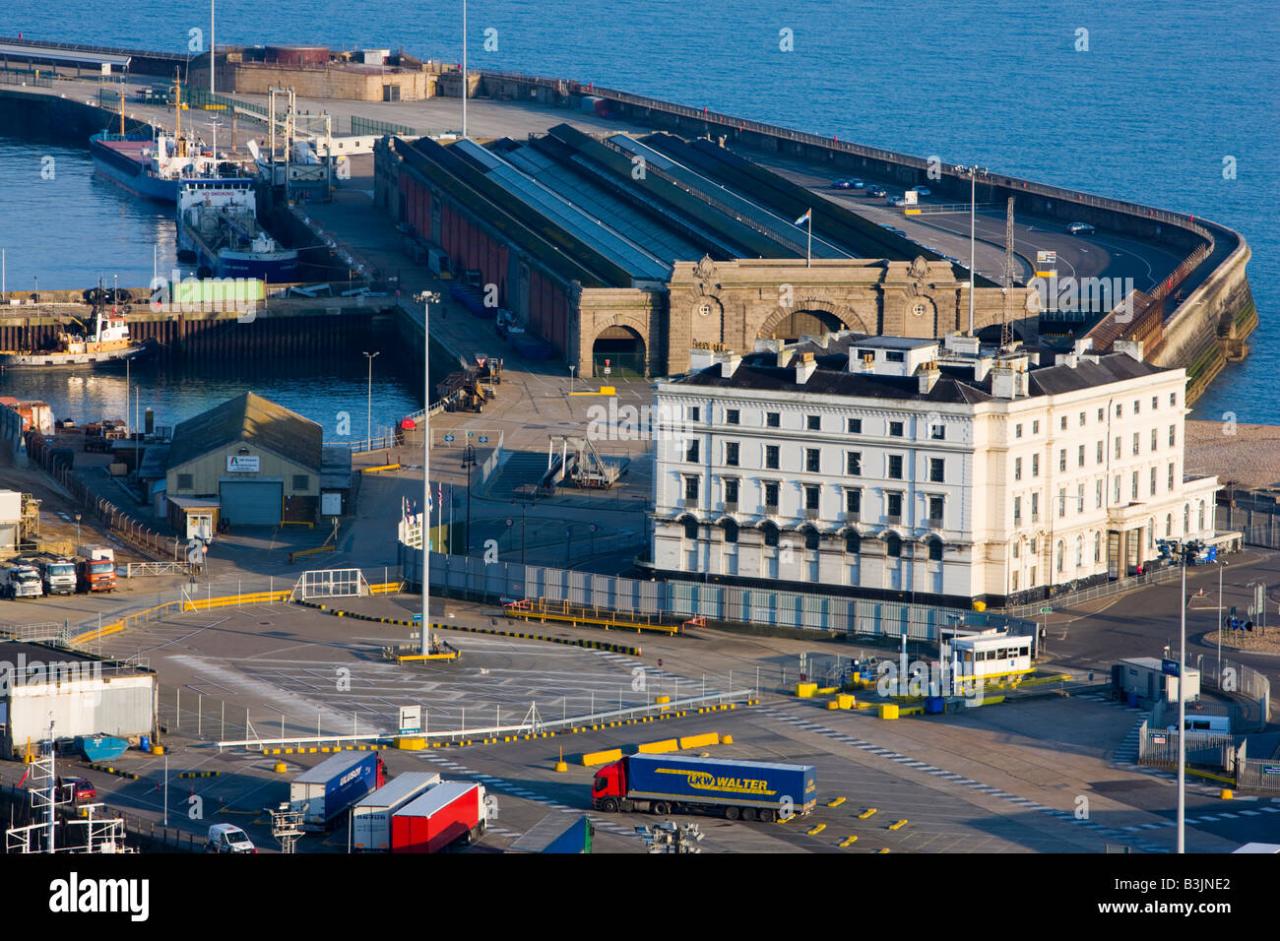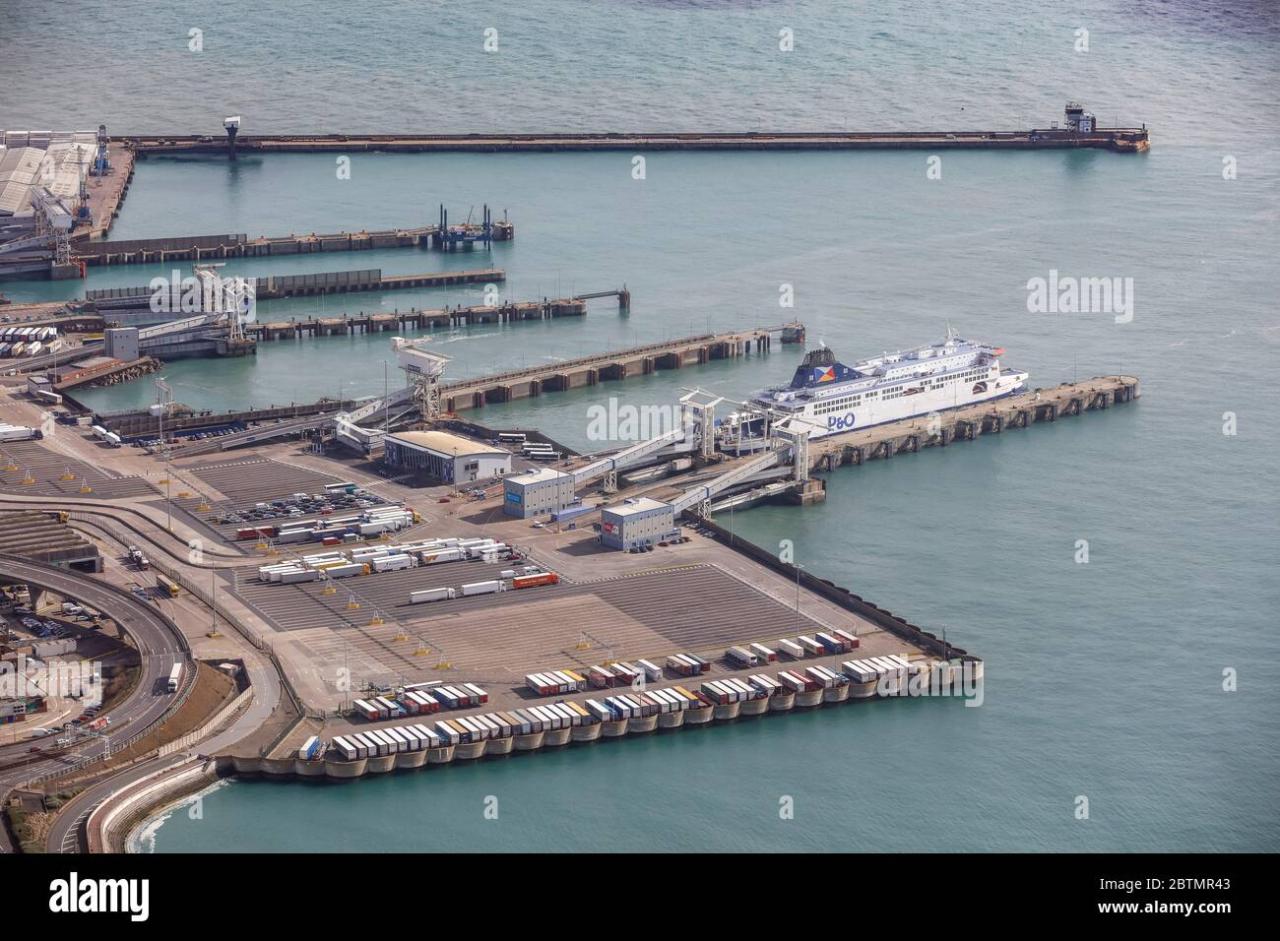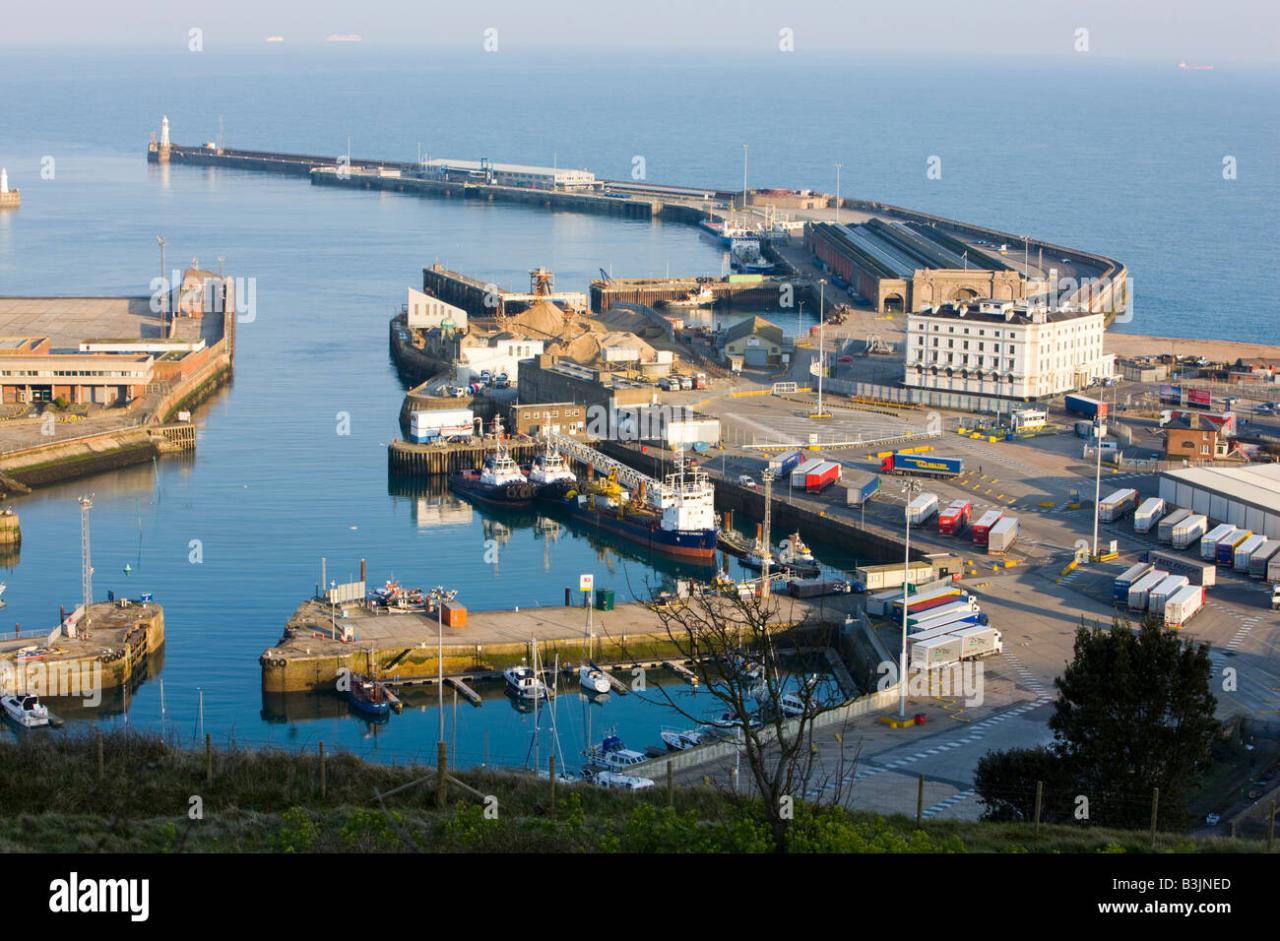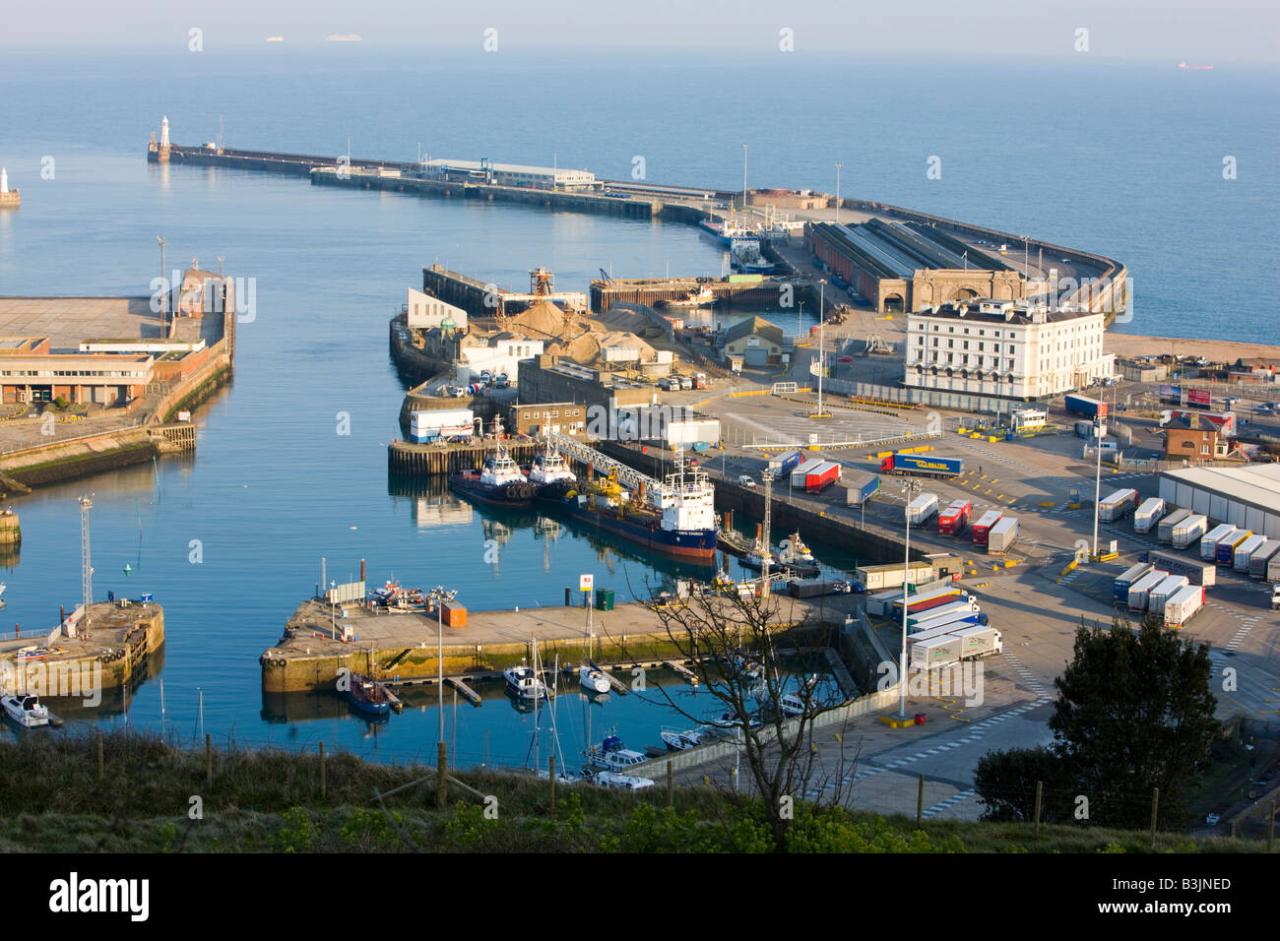Port Dover camera systems offer a fascinating glimpse into the technological advancements shaping modern surveillance and public safety. This exploration delves into the various locations, types of cameras deployed, and their multifaceted applications within the community. We’ll examine the legal and ethical considerations surrounding their use, analyze image quality, and explore the impact on both tourism and local businesses.
Ultimately, we aim to provide a comprehensive understanding of how these systems contribute to Port Dover’s daily life.
From enhancing public safety to boosting tourism, Port Dover’s camera network plays a vital role. This analysis will consider the technological aspects, legal implications, and societal impact of this network, offering a balanced perspective on its benefits and challenges. We’ll also look at how advancements in technology are shaping the future of surveillance in Port Dover.
Port Dover Camera Systems: A Comprehensive Overview

Port Dover, a charming town on the shores of Lake Erie, utilizes a network of cameras for various purposes, ranging from public safety and tourism promotion to traffic management. This overview details the locations, types, applications, legal considerations, and impact of these camera systems on the community.
Port Dover Camera Locations & Coverage

Cameras are strategically positioned throughout Port Dover to provide comprehensive coverage of key areas. Popular locations include the waterfront, Main Street, and areas with high pedestrian traffic. Publicly accessible camera feeds, however, are limited, primarily focusing on areas of high tourist interest and traffic flow. Specific locations and the extent of their coverage are often not publicly disclosed for security reasons.
| Location | Viewpoint | Accessibility |
|---|---|---|
| Waterfront (near the lighthouse) | Panoramic view of the harbour and beach | Public (potentially limited feed) |
| Main Street intersection (near the post office) | Traffic flow and pedestrian activity | Public (potentially limited feed) |
| Downtown area (near the shops) | General overview of commercial activity | Potentially limited public access |
| Specific locations undisclosed for security purposes | Various | Private |
Types of Cameras Used in Port Dover
Port Dover likely employs a mix of camera technologies, adapting to the specific needs of each location. This could include fixed dome cameras for wide-area surveillance, PTZ (Pan-Tilt-Zoom) cameras for dynamic monitoring, and potentially, more advanced systems incorporating analytics.
- Fixed Dome Cameras: Offering a wide field of view, these are suitable for general surveillance.
- PTZ Cameras: These provide remote control of pan, tilt, and zoom functions, allowing operators to focus on specific areas of interest.
- High-Definition Cameras: Utilizing higher resolutions for improved image clarity.
- Night Vision Cameras: Enabling surveillance in low-light conditions.
The specific technologies and image quality would vary depending on the age and maintenance of the systems.
Port Dover Camera Applications and Uses
The cameras in Port Dover serve multiple purposes, contributing to community safety and economic development.
High-resolution imagery from Port Dover cameras provides valuable data for various applications. Understanding efficient cargo handling is crucial, and this is where the innovative approach of remington drone loads becomes relevant. Such technology could significantly improve the speed and accuracy of inventory checks at the Port Dover facilities, ultimately streamlining operations and enhancing security. Therefore, integrating drone technology with existing Port Dover camera systems is a promising avenue for future development.
- Public Safety: Monitoring for criminal activity, accidents, and other emergencies.
- Traffic Management: Observing traffic flow to identify congestion points and optimize traffic patterns.
- Tourism Promotion: Showcasing the town’s attractions and promoting tourism.
- Business Security: Protecting businesses from theft and vandalism.
For example, camera footage could be used to investigate a reported theft from a shop, or to assess traffic flow during a busy festival.
In a hypothetical scenario, a fight breaks out near the waterfront. Cameras in the area would capture the event, allowing law enforcement to identify individuals involved and take appropriate action. This footage could also be used as evidence in any subsequent legal proceedings.
Legal and Ethical Considerations of Port Dover Cameras
The use of surveillance cameras in public spaces in Port Dover is subject to relevant provincial and federal laws concerning privacy and data protection. Ethical considerations are paramount, balancing public safety with individual privacy rights.
- Data Privacy: The collection, storage, and use of camera footage must comply with privacy legislation.
- Data Security: Robust security measures are needed to protect camera data from unauthorized access or breaches.
- Transparency: Clear signage informing the public about the presence of cameras is crucial.
- Accountability: Policies and procedures should be in place to ensure responsible use of camera footage.
Concerns regarding data retention periods and access controls need careful consideration to ensure compliance with the law and ethical standards.
Port Dover Camera Image Quality and Enhancement
Image quality in Port Dover would vary based on camera type, lighting conditions, and weather. High-definition cameras generally provide better clarity, but low-light conditions or adverse weather can impact image quality.
High-resolution imagery from the Port Dover camera network provides valuable data for various applications. Understanding the logistical implications of large-scale deliveries, such as those facilitated by remington drone loads , is crucial for optimizing Port Dover’s infrastructure. This data helps predict traffic patterns and resource allocation, ensuring the smooth operation of the port’s camera surveillance system and related services.
- Improved Lighting: Adding supplemental lighting in poorly lit areas can significantly improve image quality at night.
- Image Processing Techniques: Software can enhance image clarity, reduce noise, and improve contrast.
- Regular Maintenance: Regular cleaning and calibration of cameras are crucial for maintaining optimal performance.
A hypothetical system could use AI-powered image enhancement algorithms to automatically adjust brightness, contrast, and sharpness in real-time, optimizing image quality across varying conditions.
Impact of Port Dover Cameras on Tourism and Businesses
The presence of cameras in Port Dover can have both positive and negative impacts on tourism and businesses.
- Positive Impacts: Enhanced security can attract tourists and provide peace of mind for businesses. Footage could be used for marketing purposes.
- Negative Impacts: Concerns about privacy intrusion could deter some tourists. The visible presence of cameras might negatively affect the aesthetic appeal of certain areas.
Camera footage could be used to create promotional videos showcasing the town’s attractions, enhancing the tourist experience. For businesses, footage can provide valuable data on customer traffic patterns, aiding in optimizing store layouts and marketing strategies.
Visual Representation of Port Dover Through Camera Footage

A typical day in Port Dover, as seen through various camera perspectives, would offer a dynamic visual narrative.
- Scene 1 (Waterfront Camera): A bustling morning scene with fishermen casting their lines, tourists strolling along the boardwalk, and sailboats gliding across the lake. The camera captures the vibrant energy of the harbour.
- Scene 2 (Main Street Camera): The afternoon rush hour shows vehicles navigating the streets, while pedestrians weave through the shops and cafes. The camera provides a glimpse into the daily rhythm of the town’s commercial heart.
- Scene 3 (Downtown Area Camera): As evening approaches, the camera shows the town settling down, with lights twinkling in the shops and restaurants. A quieter, more intimate atmosphere is revealed.
Different camera angles and perspectives shape the viewer’s understanding of the town, providing diverse insights into its character and activities.
Technological Advancements in Port Dover Camera Systems
Integrating advanced technologies can significantly enhance the capabilities of Port Dover’s camera systems.
- AI-powered Analytics: AI could analyze footage in real-time to detect suspicious activity, such as loitering or vandalism.
- Facial Recognition Technology: This technology could aid in identifying individuals involved in crimes, though ethical considerations are paramount.
- Cloud-Based Storage: Storing footage securely in the cloud could offer greater resilience and scalability.
While these advancements offer significant potential benefits, careful consideration of privacy concerns and potential biases in AI algorithms is crucial before implementation.
In conclusion, the Port Dover camera network presents a complex interplay of technological innovation, public safety needs, and ethical considerations. While enhancing security and potentially boosting tourism, the system necessitates careful management to ensure privacy and responsible data handling. Future advancements in technology offer opportunities to optimize the network’s efficiency and effectiveness, but must be balanced with ongoing dialogue about responsible surveillance practices.
The ongoing evolution of this system will undoubtedly continue to shape Port Dover’s future.
Quick FAQs
What types of data are collected by Port Dover cameras?
This varies depending on the camera and its purpose. Some may record visual data only, while others may incorporate metadata such as timestamps and location data.
How long is camera footage stored?
Data retention policies vary; this information would need to be obtained from the relevant authorities responsible for the camera systems.
Who has access to Port Dover camera footage?
Access is typically restricted to authorized personnel, such as law enforcement or municipal officials, adhering to strict protocols and legal requirements.
What happens if a camera malfunctions?
Maintenance protocols should be in place to address malfunctions promptly, ensuring minimal disruption to surveillance coverage.
